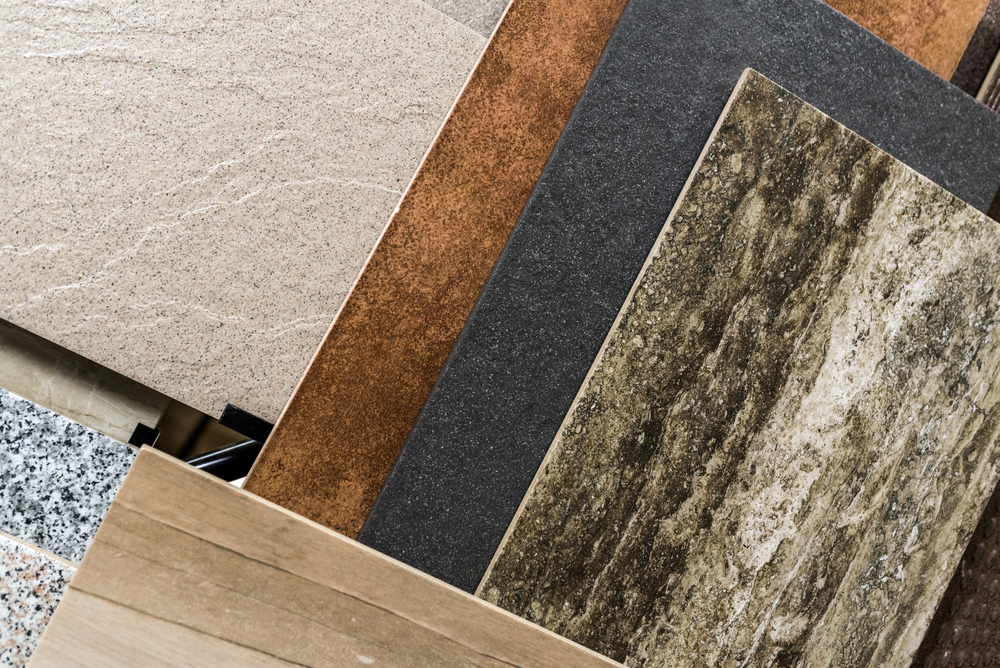
Where To Find The Best Wood Material
July 24, 2025 1:13 pm Leave your thoughtsChoosing the best wood materials is essential for the success of any woodworking or construction project. Whether you’re crafting fine furniture, building outdoor structures, or engaging in professional carpentry, selecting the right wood impacts not only the appearance but also the durability and safety of your work. In today’s saturated market, knowing where to source top-quality wood and understanding what to avoid can significantly enhance project outcomes. This guide delves into the best sources for professional-grade wood, expert recommendations, and essential advice on woods to avoid for outdoor applications.
The Characteristics of Top-Quality Wood
When seeking the best wood materials, it’s important first to understand what defines high quality in lumber. Top-tier wood possesses straight grain patterns, consistent coloring, and minimal defects such as knots, warping, or cracks. Hardwoods like oak, maple, and walnut are prized for their strength, density, and refined appearance, making them popular in fine furniture and cabinetry. Softwoods such as cedar and redwood, though less dense, offer natural resistance to decay, ideal for outdoor use.
Moisture content plays a pivotal role in wood performance. Kiln-dried wood, preferred by professionals, contains significantly less moisture than air-dried or green wood, reducing the risk of warping and shrinkage over time. Moreover, understanding wood grades, such as FAS (First and Seconds) for hardwoods, helps in choosing materials that meet precise aesthetic and structural standards.
Professional Wood Recommendations For Different Projects
Professional wood recommendations vary greatly depending on project type. For fine woodworking and furniture making, hardwoods like black walnut, cherry, and hard maple are commonly recommended by experts for their smooth finish and durability. Each wood species offers unique color tones and grain patterns, allowing artisans to tailor their creations to specific design aesthetics.
For structural applications like framing, Douglas fir and southern yellow pine are among the best wood materials due to their strength and workability. When choosing wood for flooring, white oak often takes precedence for its hardness, water resistance, and classic appearance. In contrast, exotic woods like teak and mahogany, though pricier, are highly favored in luxury marine projects and high-end outdoor furniture thanks to their exceptional weather resistance.
Outdoor projects present unique challenges. Experts often suggest pressure-treated lumber for decks and fencing, as the treatment guards against rot and insect infestation. Cedar and redwood, naturally decay-resistant, also receive strong endorsements for their stability and aesthetic appeal in outdoor settings. Understanding these professional recommendations ensures optimal performance and longevity in diverse applications.
The Best Places To Source High-Quality Wood
Finding the best wood materials involves more than walking into a local hardware store. Specialized lumberyards remain the top choice for professionals seeking a diverse selection of high-quality lumber. Unlike big-box retailers, lumberyards typically offer superior wood, expert advice, and the opportunity to inspect boards individually. Many yards carry both domestic and imported species, catering to niche demands like fine furniture making or marine construction.
Online specialty suppliers have gained prominence in recent years. These suppliers often provide comprehensive catalogs of wood species, including exotic options not commonly found locally. While buying online restricts in-person inspection, reputable sellers offer clear grading descriptions, moisture content details, and customer support to ensure buyers receive what they need. It’s advisable to read reviews and possibly order sample boards before committing to large orders from online retailers.
Woodworking shows and trade fairs also serve as excellent venues to discover premium materials and build relationships with trusted suppliers. Direct contact with mills or local sawyers can provide access to unique, locally sourced woods, often at competitive prices. Sustainable sourcing is another vital consideration; many top suppliers now provide FSC-certified wood, ensuring environmentally responsible harvesting practices.
Woods To Avoid For Outdoor Projects
Selecting inappropriate wood for outdoor applications can lead to premature failure, safety hazards, and costly replacements. Certain species, though excellent indoors, are poor choices for outdoor exposure. Pine, unless pressure-treated, is highly susceptible to rot and insect damage when used outdoors. Similarly, poplar, while easy to work with, absorbs moisture readily, leading to rapid decay outside.
Maple, especially soft maple, is another species to avoid in outdoor contexts. While it performs beautifully in interior projects, exposure to moisture and temperature fluctuations can cause warping and splitting. Birch and beech, though affordable and widely available, lack the natural oils or density to withstand prolonged outdoor use.
Even with protective treatments, avoiding these species for exterior applications is often recommended by professionals. Instead, opting for woods like teak, ipe, cedar, or properly treated lumber helps ensure outdoor structures and furniture endure environmental challenges without significant maintenance.
Choosing The Best Wood Materials
Navigating the world of wood materials can seem complex, but understanding professional recommendations and common pitfalls streamlines the process. Whether purchasing from specialized lumberyards, reputable online suppliers, or local sawyers, knowing what to look for and what to avoid safeguards the success of your project.
By prioritizing the best wood materials based on grain quality, moisture content, and appropriate species for each application, professionals and hobbyists alike can craft structures and products that are both beautiful and long-lasting. In particular, adhering to professional wood recommendations and steering clear of woods to avoid for outdoor projects can save significant time, effort, and resources.
Ultimately, sourcing quality wood is not just about appearance—it’s about performance, durability, and craftsmanship. Investing in superior materials pays dividends in the resilience and aesthetic value of your finished work, ensuring your projects stand the test of time.
Need a Small Log Supplier in Lapoint, UT?
Categorised in: Wood
This post was written by admin
